The World’s Most Pirate-Infested Waters
Imagine being a part of a 29-man fishing crew held captive by Somali pirates in international waters. With no governmental or insurance backing, life hangs by a thread no one holds but the pirates. This was Michael Scott Moore’s life for two-and-a-half years, as he waited for a ransom that might never come. During his captivity that started in 2012, Moore seriously considered suicide. But he finally decided to forgive his captors and stay alive, and practiced yoga to help with the stress of it all. Modern piracy.
The psychological battle is real and deadly. As with Moore, crew members taken hostage by pirates are subjected to emotional torture. Pirates used dire tactics, from forcing hostages to contact their families to allowing some to die from untreated diseases. All these factors add layers of complexity to the negotiation process.
It’s realities like this that go hard against the grain of the romanticized tales of pirates in the world of entertainment. Today’s Somali pirates operate sophisticated networks, using mother ships and skiffs guarded with small arms. They exploit international trade chokepoints, capitalizing on limited naval rules of engagement that often prevent intervention once pirates board a ship.
Here, we aim to peel back the layers of modern piracy, from its hotspots to its players and the countermeasures in place. We’ll explore the human, economic, and geopolitical implications of this global crisis, offering a comprehensive look into a world that is as complex as it is perilous.

©Triff/Shutterstock.com
Defining Modern Piracy
The Legal Framework: What the Law Says
Modern piracy isn’t simple robbery and violence. It’s a complex legal issue. According to the United Nations Convention on the Law of the Sea (UNCLOS), piracy is defined as any illegal act of violence, detention, or depredation committed on the high seas for private ends. This definition is crucial as it sets the stage for international cooperation in prosecuting pirates.
The Social Perspective: Beyond the Jolly Roger
Society often views piracy through a romanticized lens, inspired by characters like Captain Jack Sparrow. However, the reality is far from this depiction. Modern pirates are often part of organized crime syndicates, driven not by a thirst for adventure but by economic desperation, political instability, or even religious extremism.
The Evolution: From Buccaneers to Syndicates
While the buccaneers of the past targeted treasure ships, modern pirates often target commercial vessels, fishing boats, and even private yachts. Their arsenal has evolved too, from cutlasses and cannons to automatic weapons and GPS systems.
The Targets: Not Just Treasure Chests
Modern piracy is also distinguished by its targets. While historical pirates often sought gold and silver, today’s pirates aim for various forms of cargo. These range from oil and machinery to, in some cases, human hostages for ransom.
The Geographic Scope: Global yet Localized
Piracy isn’t limited to the Caribbean seas of lore. It’s a global issue with hotspots like the Gulf of Guinea, the Strait of Malacca, and the waters off Somalia. However, the motives and methods of pirates can vary significantly depending on the region, making it a localized issue within a global context.
The Stakeholders
Governments, international organizations, shipping companies, and local communities are all stakeholders in the fight against piracy. This adds many layers of complexity to what might seem like a straightforward issue.
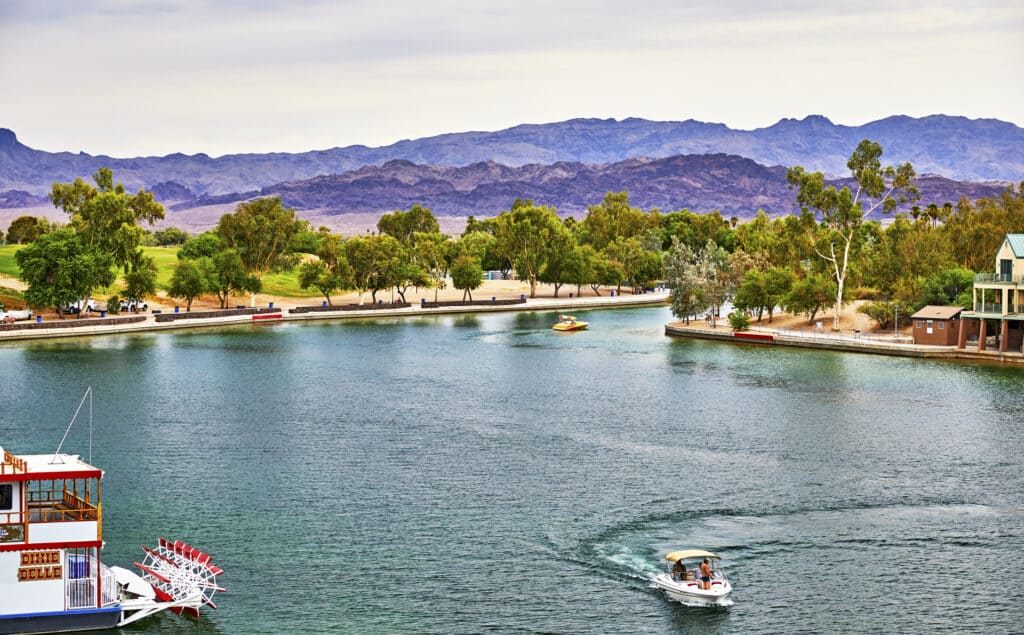
©iStock.com/wingedwolf
Modern Piracy: The Scale of the Problem
According to the International Maritime Bureau (IMB), there were 195 incidents of piracy and armed robbery against ships globally in 2021. Of these, 135 led to successful boardings, showcasing a high success rate for pirates. These incidents are not evenly distributed. The Gulf of Guinea alone accounted for 95 of these attacks, making it a significant hotspot for maritime piracy.
The Global Hotspots: Mapping Piracy’s Epicenters
While piracy is a global issue, certain regions emerge as particular hotspots. Apart from the Gulf of Guinea, the Strait of Malacca recorded 30 incidents in the same year. Other areas like the waters around Somalia and the Caribbean also feature prominently on this dubious list.
The Economic Toll of Piracy
The economic impact of piracy is staggering. Estimates indicate that piracy costs the global economy approximately $7 to $12 billion annually. These costs include ransom payments, insurance premiums, rerouting of ships around high-risk areas, and security measures like hiring private armed guards.
The Human Cost
Behind the numbers are human lives. In 2021, 130 hostages were taken, and 10 seafarers were killed in piracy incidents. The psychological trauma for those involved and their families is incalculable. Furthermore, the impact extends to millions who depend on maritime trade for their livelihood, from fishermen to port workers.
Beyond the High Seas
Piracy also has secondary effects on global trade and security. Increased insurance costs and security measures can make essential goods more expensive for end consumers. Moreover, piracy can be a source of funding for other illegal activities, including terrorism and drug trafficking.
The Underreporting Issue: A Hidden Crisis
It’s crucial to note that many incidents go unreported due to fears of increased insurance premiums or reputational damage, suggesting that the actual scale of the problem could be much higher.
The World’s Most Pirate-Infested Waters
In an interconnected world where maritime trade serves as the lifeblood of global economies, the specter of piracy lingers as a storm cloud threatening to darken the horizon. From the resource-rich Gulf of Guinea to the strategically vital Strait of Malacca, maritime routes are not just essential veins and arteries of trade but also perilous waters teeming with hazards that can cripple economies and shatter lives. Far from being a swashbuckling relic, piracy is a modern-day menace that constantly adapts despite international efforts to mitigate its impact. As we delve deeper, new data and insights spotlight not just the notorious regions but also the shifting landscapes in pirate-infested waters, particularly in the evolving arena of the Gulf of Aden.
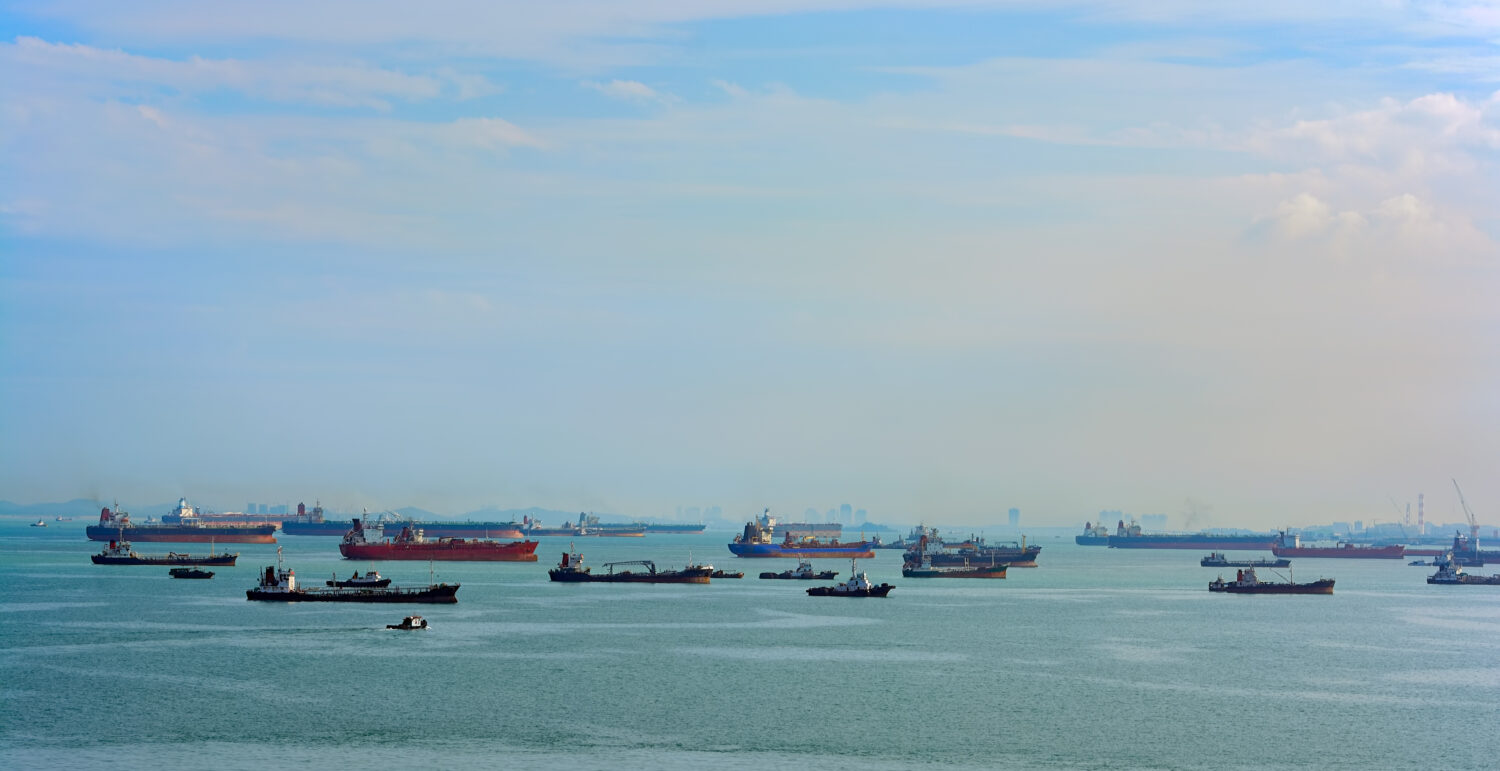
©Igor Grochev/Shutterstock.com
1. The Strait of Malacca: High Stakes in a Narrow Passage
Geography
The Strait of Malacca off the western coast of Malaysia is a global artery connecting the Pacific and Indian Oceans. Its narrow confines and incessant maritime traffic make it a veritable hunting ground for pirates.
The Ghost Ship Phenomenon
In an episode that could be ripped from a maritime horror story, the Strait of Malacca has been the scene of multiple “ghost ships”—vessels found drifting, their crews vanished. The unsettling emptiness of these ships speaks volumes to the dangers lurking in these waters, emphasizing the strait’s reputation as a sinister hotspot for piracy.
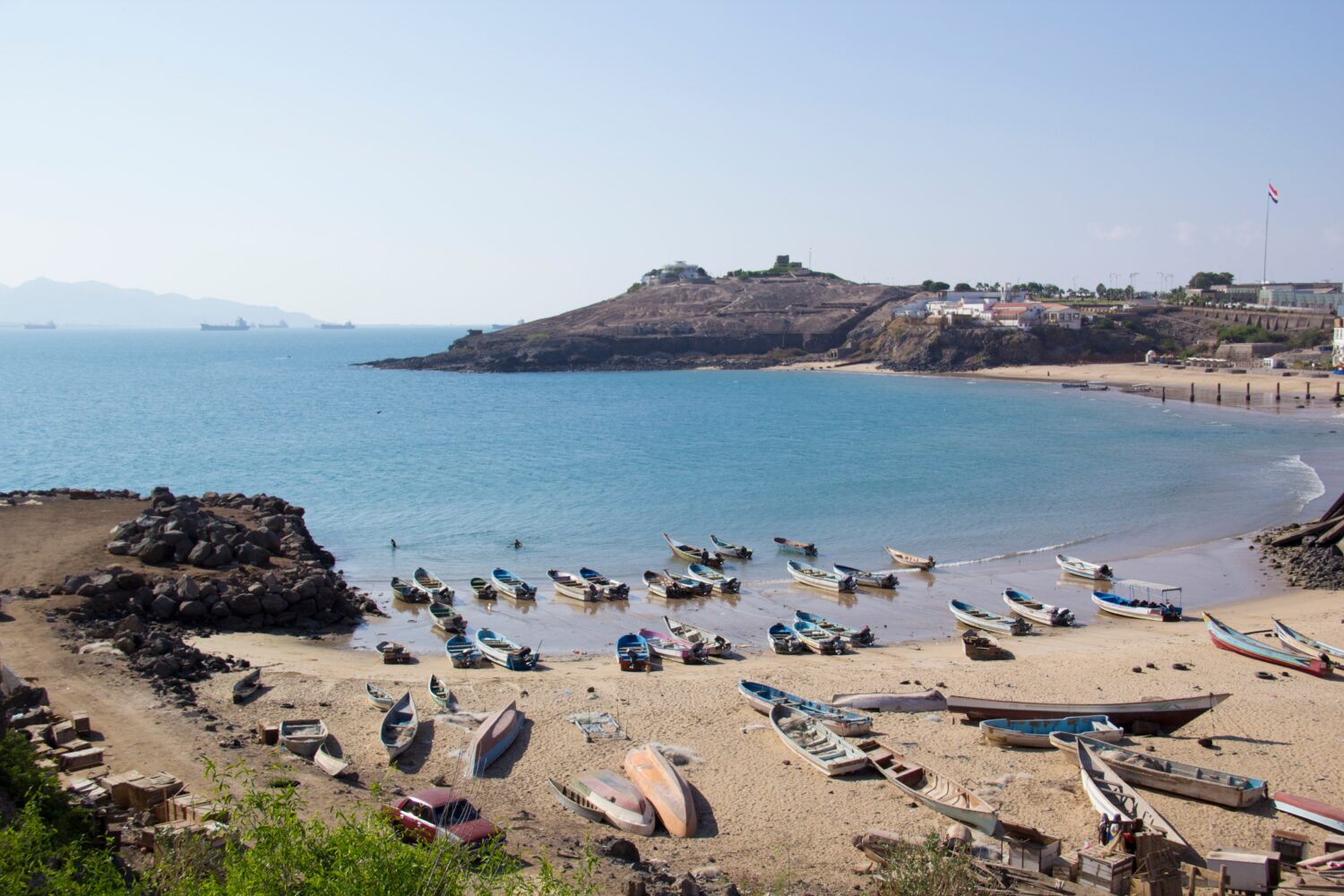
©MarinaDa/Shutterstock.com
2. The Gulf of Aden: A Changing Landscape in Somalia’s Troubled Waters
Geography
Sandwiched between Yemen and Somalia, the Gulf of Aden offers more than just a strategic link between the Red Sea and the Indian Ocean. Known as “Pirate Alley,” this body of water has been an arena for various forms of maritime criminality. Despite a heightened international naval presence, the underlying tension remains, largely due to political unrest in Somalia.
Recent Pirate Attacks
The Gulf of Aden offers a case study in both the persistence and adaptability of piracy. In 2017, it recorded four hijackings and a total of 54 incidents in the surrounding Horn of Africa. While the last hijacking attempt in 2019 was unsuccessful, this body of water remains far from safe.
The Decline: A Tale of Numbers and Counter-Piracy Measures
Statistics published as recently as August 2023 show a remarkable drop in piracy attacks off the Somali coast. From 358 incidents between 2010 and 2015, the attacks plummeted to just eight between 2016 and 2022. This significant decrease is primarily attributed to a multi-faceted international effort to secure these volatile waterways, especially as the number of oil tankers transiting the Gulf of Aden has surged.
The decline shows the effectiveness of military and naval support provided by the international community. Yet, piracy hasn’t been fully eradicated; instead, it has mutated and shifted its geography. In 2022, the most perilous waters for ships were not off the Somali coast but rather in the waterways of Singapore, Peru, and Indonesia. The criminal enterprises initially nurtured in the lawless streets of Mogadishu have now found new ports of call.
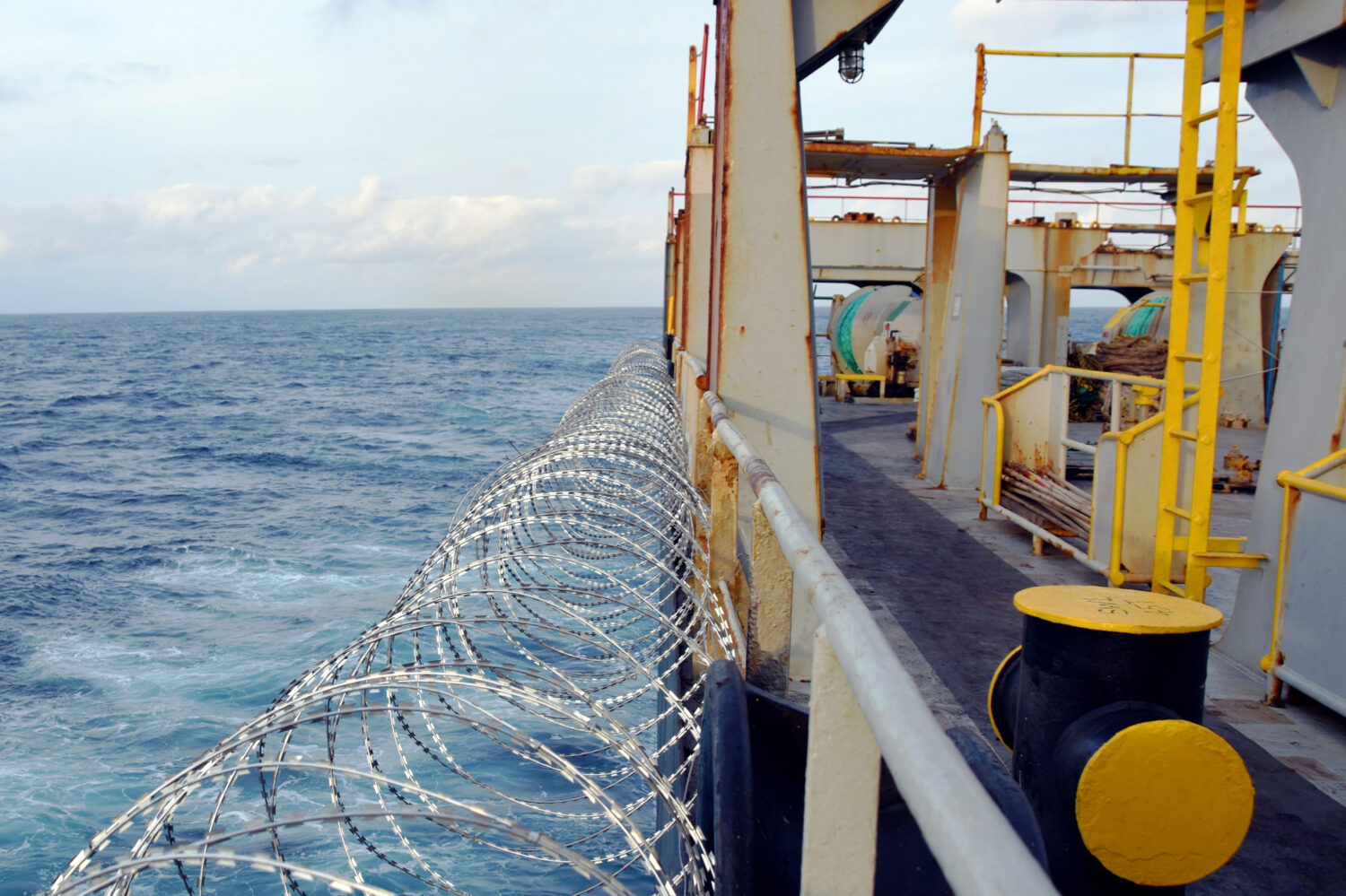
©Luciavonu/Shutterstock.com
3. The Gulf of Guinea: A Strategic Nightmare
Geography
Stretching from Senegal to Angola, the Gulf of Guinea occupies a strategic swath of the Atlantic Ocean. The region, a hub for West African economies, is also a jackpot of natural resources, include oil, fish, and more. This wealth lures international investors and the attendant darker elements of society, pirates in particular.
The Hijacking of MT Leon Dias: A Case Study
In a bone-chilling episode from January 2016, the oil tanker MT Leon Dias found itself in the crosshairs of pirates off the Nigerian coast. The hijackers didn’t just take the crew hostage—they siphoned off a slice of the oil cargo and demanded a king’s ransom for release. This incident isn’t merely a footnote in the annals of maritime history; it serves as a harrowing cautionary tale that illustrates the high stakes and sophisticated operations of piracy in the Gulf of Guinea.
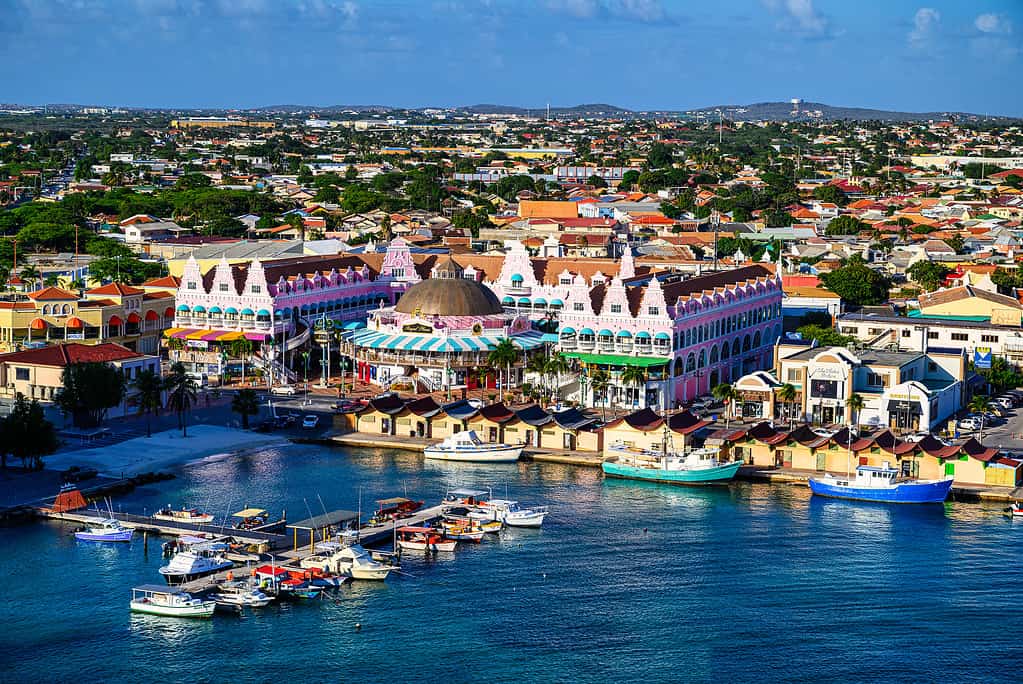
©Wirestock/iStock via Getty Images
4. The Caribbean: A Modern-day Pirate Haven?
History of Piracy
The Caribbean might be synonymous with idyllic beaches, but it also has a darker claim to fame: a history steeped in piracy. This was the playground of legendary pirates like Henry Morgan and Blackbeard during the “golden age” of piracy in the 17th century.
Modern Incidents
Today’s Caribbean is relatively serene compared to other pirate-infested waters. However, an uptick in attacks on yachts and fishing boats has been observed, partly fueled by the crisis in Venezuela. The rise in pirate activity echoes the socioeconomic origins of piracy off the Somali coast, offering a haunting glimpse into how global issues can manifest in local dangers.
In our increasingly interconnected world, the complexities of piracy weave into multiple dimensions—economics, politics, and natural resource management, to name a few. While international coalitions and vigilant naval patrols have provided some relief, these maritime criminals remain alarmingly adaptive. It’s essential to recognize that successful counter-piracy measures in one region might catalyze an uptick in another, exemplified by the recent shift from the Horn of Africa to American and Southeast Asian waters. This dynamic landscape makes the task of combating piracy a labyrinthine challenge that demands ongoing vigilance.
Piracy serves not just as a maritime issue but as a multifaceted mirror reflecting broader global problems—whether they be political instability, economic disparities, or lapses in international governance. As we navigate the future, a comprehensive approach that transcends borders and sectors remains crucial both for traversing these treacherous waters and for understanding the geopolitical and socioeconomic factors fueling such criminal enterprises.
The High Seas Players
The Pirates
Contrary to popular belief, the typical modern pirate is not a swashbuckling rogue but often a desperate individual. Motivations range from economic hardship to political unrest, and increasingly, some are affiliated with organized crime syndicates or extremist groups.
Methods and Tools: Modernizing PiracyToday’s pirates employ a range of tools from the high-tech to the rudimentary—GPS systems for tracking ships, automatic weapons for overpowering crews, and skiffs for quick getaways. Their methods are increasingly sophisticated, including strategies to evade naval patrols.
The Victims: Vulnerable Vessels
Fishing boats and smaller commercial vessels are often the most vulnerable due to their lack of onboard security. However, oil tankers and cargo ships carrying valuable goods are also targeted for their lucrative payloads.
Who’s at Risk: The Human ElementThe most vulnerable individuals are often those from developing nations, who lack the support of strong governmental or insurance backing. This includes not only the seafarers but also fisherman and sometimes even tourists on yachts.
The International Response: A Patchwork of Efforts
Organizations like the International Maritime Bureau and United Nations play a role in monitoring and combating piracy. However, their efforts are often hampered by jurisdictional issues and the lack of a unified international legal framework.
National Governments: A Range of Approaches
Some countries have taken robust anti-piracy measures, including naval patrols, and prosecuting captured pirates. Others, often due to lack of resources or political will, are less active, creating gaps in the global effort to combat piracy.
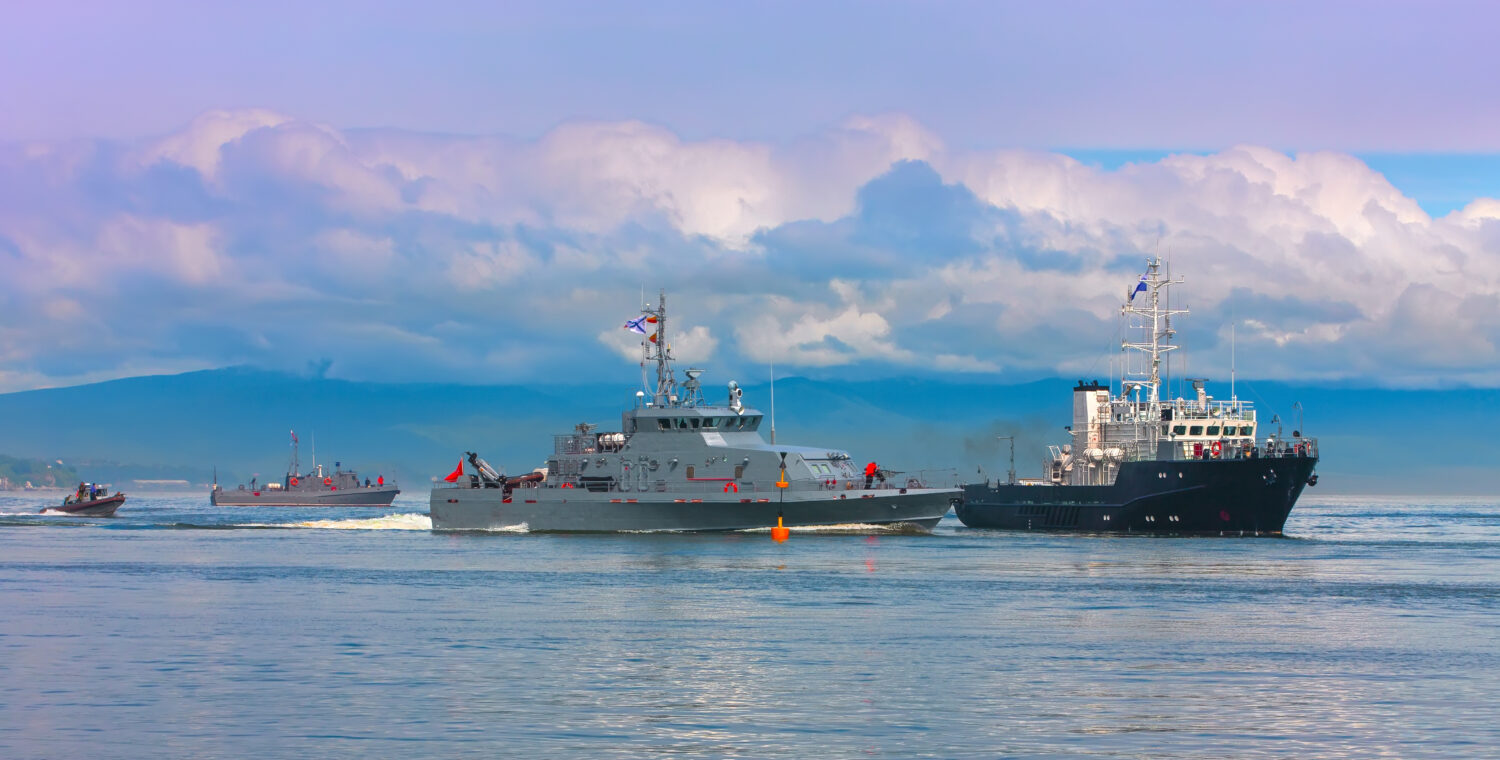
©Bborriss.67/Shutterstock.com
Counter-Piracy Measures
Traditional Naval Measures: Patrols and Escorts
The most direct form of counter-piracy action is the use of naval patrols. Many countries have naval vessels patrolling high-risk areas, and there are multinational task forces like the Combined Maritime Forces (CMF) dedicated to this. However, the effectiveness of patrols is often limited by vast ocean areas and jurisdictional issues.
Technological Solutions: From Drones to AI
In the era of technological advancement, drones and satellite surveillance are increasingly being used for monitoring suspicious activities. Some companies are even exploring the use of Artificial Intelligence to predict pirate attacks. While promising, these technologies are not yet foolproof and come with high costs.
Defensive Tactics: Onboard Security and Safe Rooms
Many ships now employ private security teams equipped with firearms to deter pirates. Additionally, “citadels” or safe rooms with communication equipment are being built on ships where crews can lock themselves in during an attack. These measures have proven effective but raise ethical and legal questions.
Non-Lethal Offensive Tactics: Sound and Fury
In a climate where piracy persists as an ever-evolving menace, the shipping industry is seeking more ethical and legally sound methods to deter potential threats. Beyond the often-debated use of onboard firearms and security citadels, advances in non-lethal anti-piracy technology offer a compelling alternative. These technologies, evolving significantly over the years, range from acoustic devices to innovative physical barriers, and they’re becoming increasingly popular across a broad range of vessels, from cargo ships to cruise liners.
Acoustic Warfare: The Sound of DeterrenceThe Long-Range Acoustic Device (LRAD) epitomizes a new age of non-lethal weaponry. Emitting a concentrated beam of sound painful enough to deter any approaching threat, this device can be operated easily by a ship’s crew. While the LRAD provides an “audible warning,” it’s important to remember that pirates are adaptive, leading some to question its long-term efficacy.
Blinding Light: Visual DeterrenceComplementing the LRAD is the Anti-Piracy Laser Device, capable of emitting a non-lethal laser beam that serves as a visual warning. Operational both day and night, this device aims to disorient and discourage potential attackers from advancing.
Water and Barriers: Physical DeterrentsWater cannons, first considered a rudimentary response, have been upgraded for modern challenges. These devices deliver a potent jet of water that can repel pirates and significantly impede their boats’ ability to maneuver. Similarly, electric secure fences can be deployed around a ship’s perimeter, effectively blocking entry. In a nod to more basic methods, barbed wire coils, much like those used in an April 2009 incident, also provide a physical barrier against boarders.
Net Gains: Snaring the EnemyBallistic nets, known as Boat Traps, serve as another deterrent. When deployed, these nets entangle pirates’ boat propellers, rendering them immobile and easy targets for capture.
By diversifying the tools at their disposal, ship operators can better adapt to the evolving tactics of maritime criminals. As piracy continues to reflect broader global issues like economic disparity and political instability, such a multi-pronged approach becomes not just advisable, but indispensable.
Legal and Diplomatic Efforts: Prosecution and Treaties
Several countries have agreements to prosecute captured pirates, but legal complexities often arise, including questions of jurisdiction and human rights. International treaties like the Djibouti Code of Conduct aim to facilitate regional cooperation but have limitations in terms of enforcement.
Evaluation: A Work in Progress
While there have been successes, such as the decline in piracy incidents in the Gulf of Aden due to naval patrols, the problem is far from solved. Technological solutions hold promise but are not universally applicable. Legal and diplomatic efforts are crucial but often get entangled in bureaucratic complexities.

©Motortion Films/Shutterstock.com
The Intersectionality of Piracy
Poverty: The Economic Root
Piracy often thrives where economic options are limited. In regions where poverty is rampant, piracy can become a lucrative, albeit dangerous, career option. This cycle of poverty and piracy becomes self-perpetuating, leading to further economic degradation of the affected areas.
Political Instability: Lawlessness at Sea
Regions with weak governance and political turmoil often become breeding grounds for piracy. The lack of effective policing and judicial systems allows pirates to operate with relative impunity, further exacerbating instability in these areas.
Climate Change: A New Frontier for Piracy
Changes in sea levels and fish migration patterns due to climate change can impact traditional livelihoods like fishing, pushing communities towards piracy as an alternative. This creates a complex web where environmental degradation indirectly fuels criminal activities at sea.
Terrorism and Organized Crime: The Dark Alliances
In some cases, piracy acts as a source of funding for terrorist organizations or integrates into broader networks of organized crime. This creates a two-way street where piracy both contributes to and benefits from other forms of illegal activities.
Global Trade: The Ripple Effect
Beyond the impacts on its immediate victims, piracy has a cascading effect on global trade. Increased shipping costs due to rerouting and higher insurance premiums can affect the prices of goods worldwide, making it a concern that transcends borders.
Conclusion: A Fluid Battlefield in a Complex World
The proliferation of piracy across the world’s waters resists simple resolutions. Today’s pirates are less the fanciful buccaneers of lore and more individuals caught in intricate socio-economic and political predicaments. Regions like the Gulf of Guinea and the Strait of Malacca serve as glaring examples of the issue’s extensive scope and variability.
While collective international action has seen some triumphs, such as in the Gulf of Aden, the fight against piracy is far from over. The inherent limitations of naval policing, the labyrinthine intricacies of international law, and insufficient governance in numerous areas all contribute to ongoing challenges.
As technology progresses and global commerce shifts, the tactics and targets of piracy are poised for transformation. What piracy on the high seas will look like in the age of autonomous ships and beyond is anybody’s guess. But what we do know is that until the underlying factors that breed piracy are sufficiently addressed, old threats in new forms will surface again and again, as certain as the tides’ rise and fall.
Addendum: The Conviction in Michael Scott Moore’s Case
In a recent turn of events that underscores the grave complexities surrounding modern piracy, two men have been convicted for their roles in the kidnapping of German-American journalist Michael Scott Moore. Moore, who was conducting research for a book on piracy and freelancing for Spiegel Online, endured 2.5 years of captivity in Somalia.
The convicted individuals, Mohamed Tahlil Mohamed and Abdi Yusuf Hassan, were found guilty on multiple charges. These included hostage-taking, conspiracy, and providing material support for acts of terrorism. Tahlil, a Somali Army officer, commandeered the pirate faction holding Moore and supplied them with weapons. Hassan, a naturalized US citizen who held a government office in Somalia, orchestrated the ransom extortion efforts.
The kidnappers initially demanded a staggering $20 million for Moore’s release. Eventually, Moore was freed in 2014 after his family painstakingly amassed $1.6 million for his ransom. Notably, Tahlil and Moore corresponded after the ordeal. This correspondence revealed the internal dynamics of pirate factions. Some pirates were even killed in disputes over the ransom money during Moore’s captivity.









